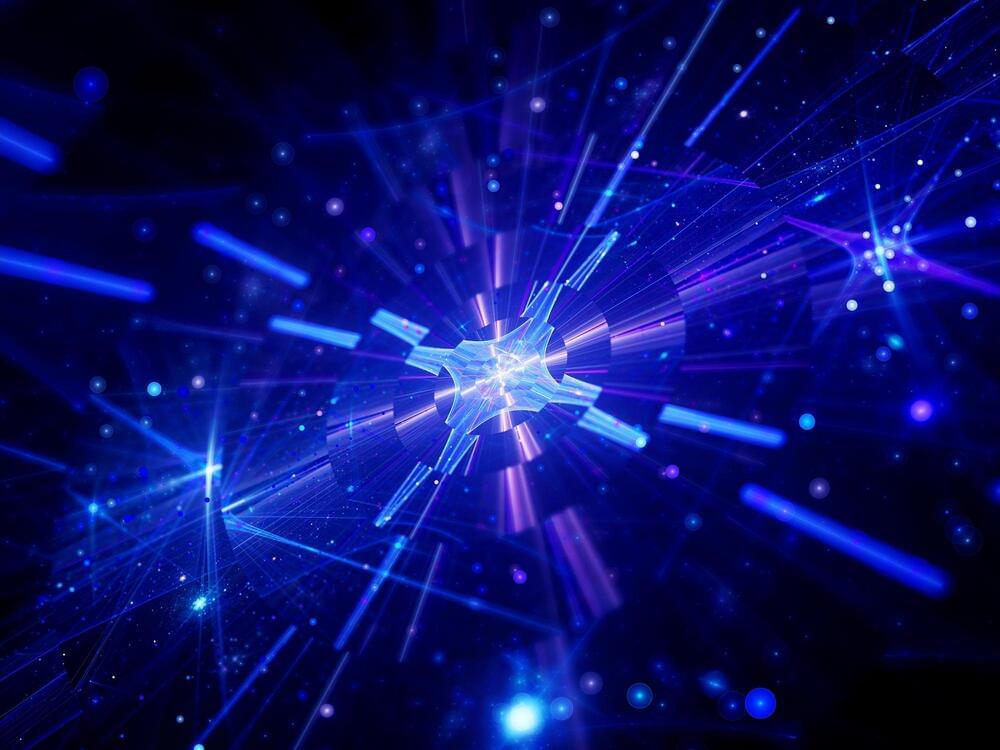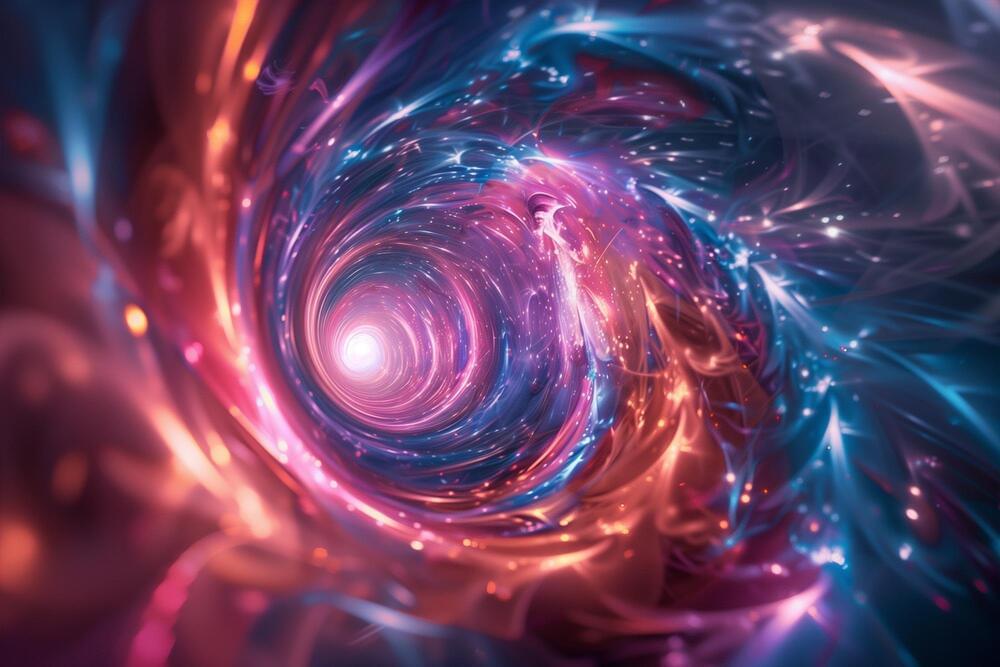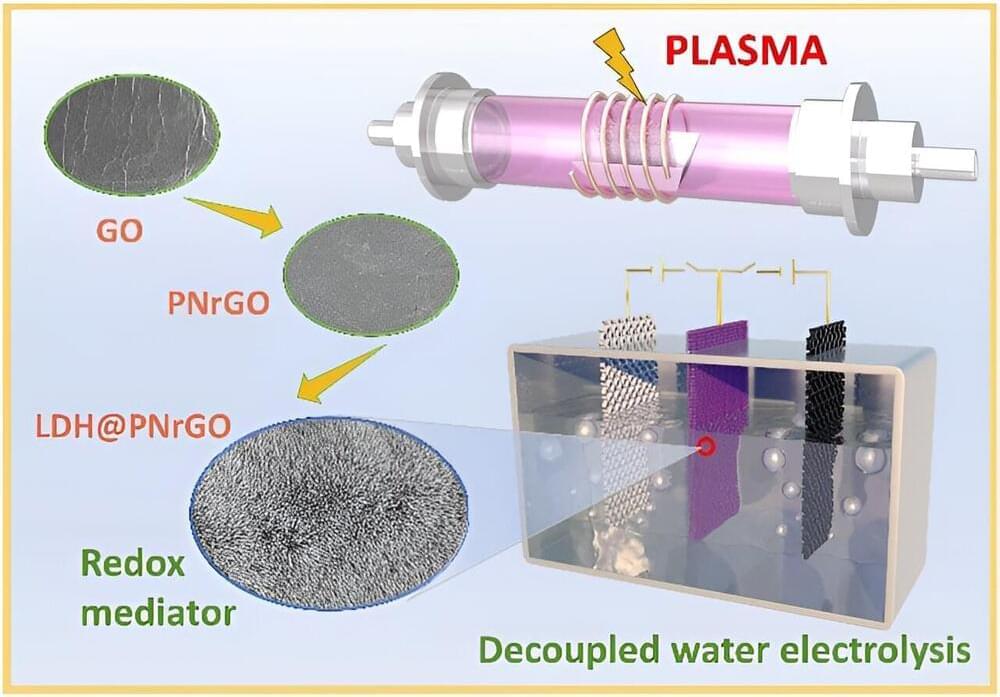Jul 25, 2024
This drone has legs: Watch a flying robot perch on branches, catch a tennis ball in mid-air
Posted by Quinn Sena in categories: drones, robotics/AI
Wings aren’t the only things that make birds so successful. If it weren’t for their feet, how would pelicans skimming the tips of waves be able to suddenly land on a pier piling, or owls grab a mouse at 64 kilometers per hour without missing a beat? Robot birds must be able to do the same—something that has been a challenge, until now.
In a new study, researchers analyzed the anatomy and behavior of a tiny American parrot called a parrotlet and peregrine falcons, two species known for their expert footwork. They then designed “SNAG” (Stereotyped Nature-Inspired Aerial Grasper) — a pair of jointed legs attached to feet with jointed talons that automatically close around any object they encounter, be it a dowel, branch, or tennis ball.


















